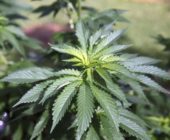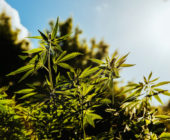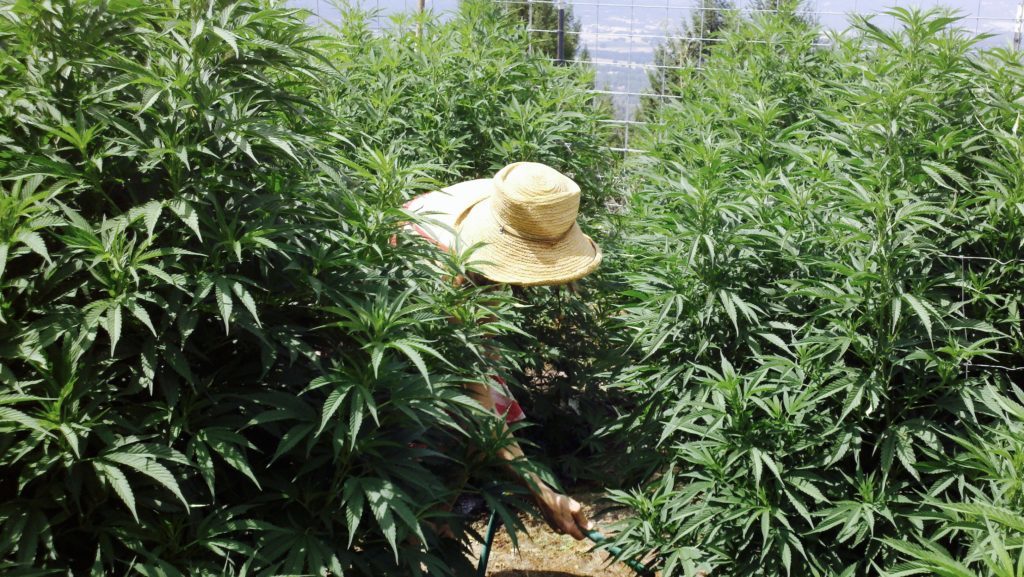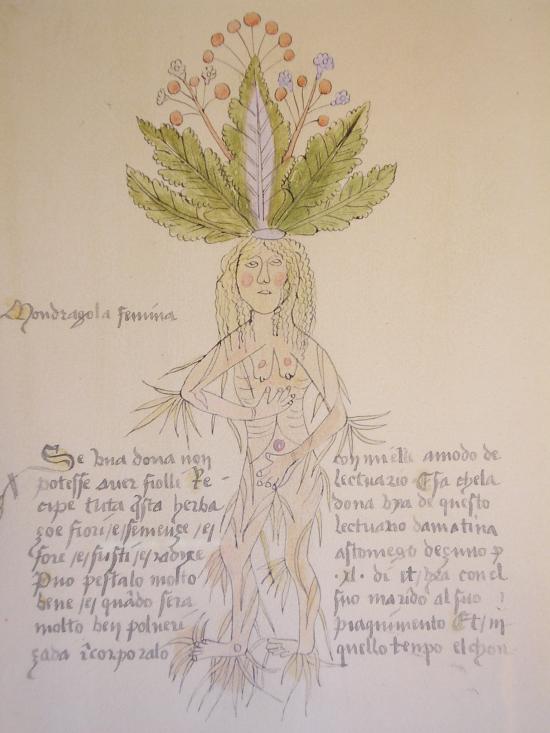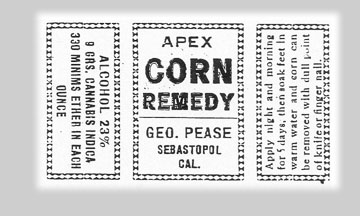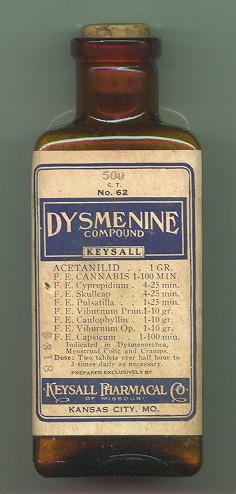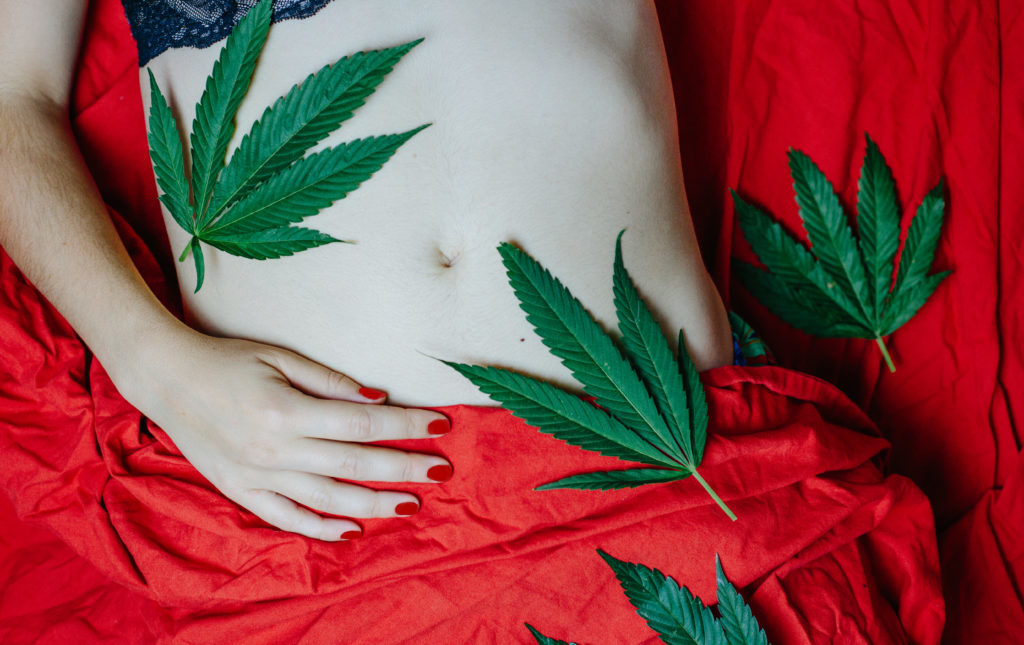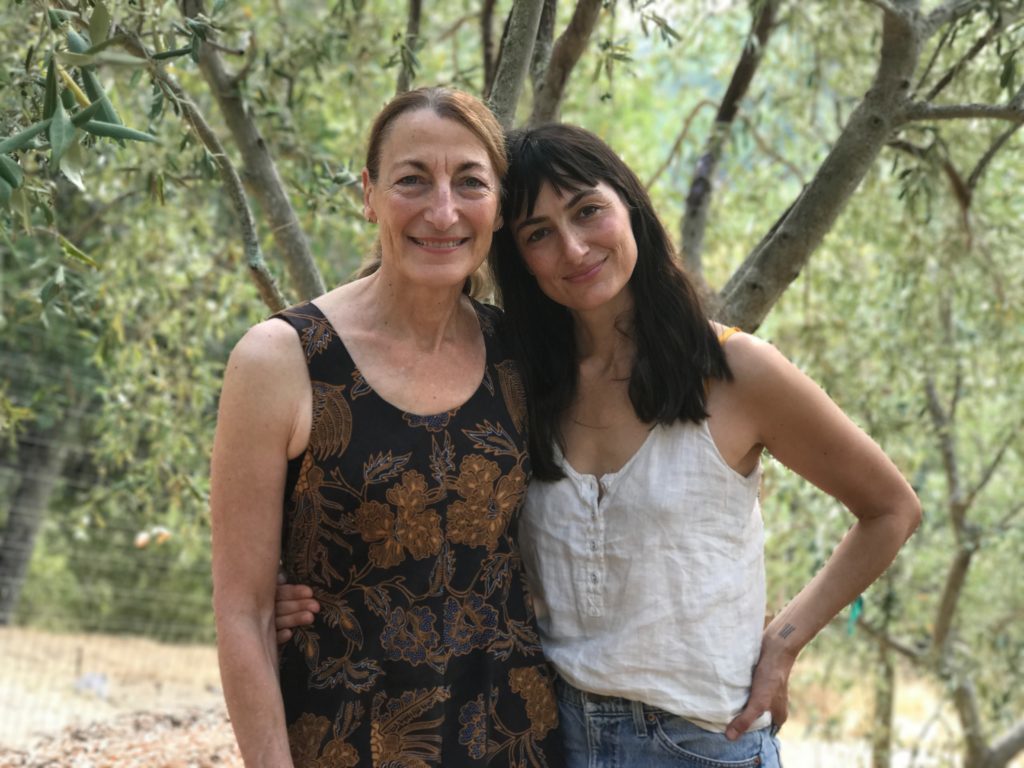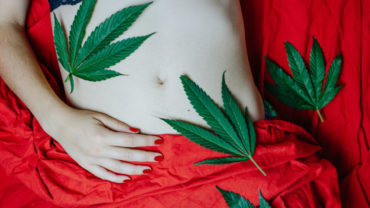Editor’s note: This story is the first chapter of “Weed and A Woman’s Body,” a three-part series on cannabis and women’s sexual health.
For thousands of years, women have turned to cannabis to treat what ails them. The earliest hard evidence of its medicinal use for a female malady was discovered in Israel/Palestine. According to anthropologist Joel Zias of the Israel Antiquities Authority, a poultice of hashish, grasses and fruit was found on the abdomen of a teenage girl, dated to the 4th century B.C.E.
In India, cannabis was used as a sacred Tantric aphrodisiac starting around the 7th century B.C.E. Evidence found in then-Mesopotamia describes beer infused with cannabis and other herbs to treat difficult childbirth. (Methinks Lagunitas could revive such a concoction to help women with difficult boyfriends. Canna-Boy-Gone Ale, ladies?)
Other ancient texts in China, Egypt, Persia, Israel/Palestine and Syria recommend cannabis for all manner of female complaints, including menstrual irregularities such as dysmenorrhea (painful cramps), bloating and abnormally heavy or nonexistent bleeding, as well as menopausal symptoms, urinary tract infections and uterine hemorrhage after childbirth.

Page from a medieval medical text from the German Pharmacy Museum, Heidelberg, Germany.
Trade brought cannabis to Europe where women used it from the Middle Ages through the Enlightenment. The Old English Herbarium, written around 1000 A.D., recommends a mixture of cannabis and lard to rub onto swollen, painful breasts. Physicians in Austria, Italy, Spain, Holland and England prescribed the herb for the full spectrum of obstetric and gynecologic ailments, including gonorrhea, mastitis, and something called furor uterinis, a vague term describing a malady associated with nymphomania, melancholia and other ills.
In 1839, Dr. William O’Shaughnessy reintroduced medicinal cannabis use to the West in the form of concentrated extracts and tinctures. This inspired J.R. Reynolds, one of Queen Victoria’s private physicians, to write about the plant in the British medical journal The Lancet, describing it as “one of the most valuable medicines we possess.” Reynolds began recommending cannabis for a variety of ailments, including dysmenorrhea. (One may ponder whether O’Shaughnessy’s later knighthood was partly in gratitude for helping Her Highness feel slightly better while she was on the royal rag.)
Cannabis gained status in the U.S. Pharmacopoeia and U.S. National Formulary from the mid-1800s until the 1940s. The Journal of the American Medical Association (JAMA) deemed cannabis “one of the most valuable and satisfactory drugs” for just about every female reproductive malady, and it was prescribed for everything from too much bleeding to not enough bleeding to lack of sexual desire, sometimes called “sexual torpor.” (Whether the “torpid” woman was just not into her man remains in question.)
Mad Men: The Roots of Anti-Reefer Madness
Alas, cannabis’ potency as an aphrodisiac may have helped fuel its critics in the U.S. After the end of prohibition, Harry Anslinger, Commissioner of the Federal Bureau of Narcotics, went to war against cannabis, women and people of color. Anslinger used film (including the now-hilarious Reefer Madness), magazines, newspapers and radio to warn the public of the dangers of the “devil plant” and its effect on the “degenerate races.” This propaganda claimed the most vulnerable victims were white women who, under the influence of reefer fall prey to “Satanic jazz and swing” and “seek sexual relations with Negros and entertainers.”
Anslinger’s crusade against the “marijuana menace” found success despite objections from the American Medical Association. Women who relied on cannabis extracts used in syrups, tonics and pills no longer had access to an effective treatment. By the mid-1940s, cannabis was illegal.
Grass for Victory: A New Era of Cannabis for Women’s Health Issues
For more than 70 years, the Feds have enforced cannabis’ classification as a Schedule I substance. It’s purported to have no medical value and to be more dangerous than PCP, cocaine, meth, Vicodin, Valium, tobacco and alcohol—the last two associated with some 568,000 deaths each year. There is scant research to back up what millions of women have known for millennia: cannabis helps them feel better.
Despite federal prohibition, doctors continue to recommend cannabis for women’s health and well-being, and women continue to use it. Dr. Ethan Russo, a neurologist, cannabis researcher and coeditor of Women and Cannabis: Medicine, Science and Sociology, says the most common female ailments treated with cannabis are symptoms associated with menstruation, especially dysmenorrhea. Some studies have even found cannabis to be helpful for endometriosis, a condition which causes severe and debilitating pain, and for which the standard medical treatments are birth control pills, pain medications or surgery.
Thanks to the warriors of weed (many of them female), cannabis use is now more legitimate than ever. With pot-friendly laws in many states, a renewed interest in research by doctors and scientists, and an exploding California cannabis marketplace with an array of easy-to-use products (many created by and for women), there has been real progress to celebrate.
In the next article in the series, we’ll learn how cannabis works in the female body, and explore options for medicinal use, including a recipe for easing menstrual cramps.


